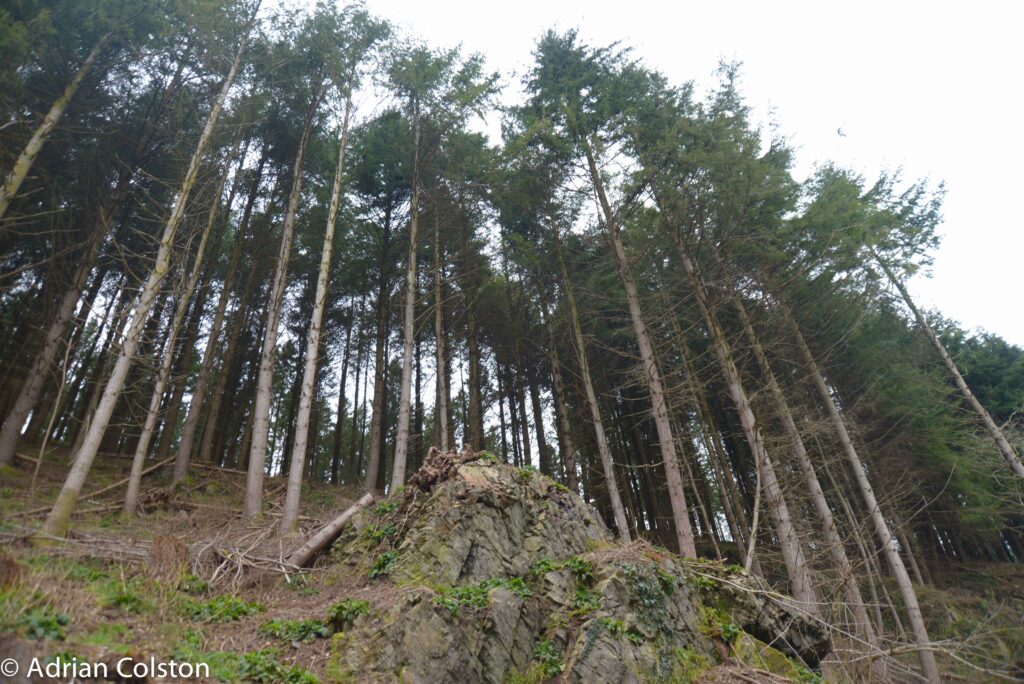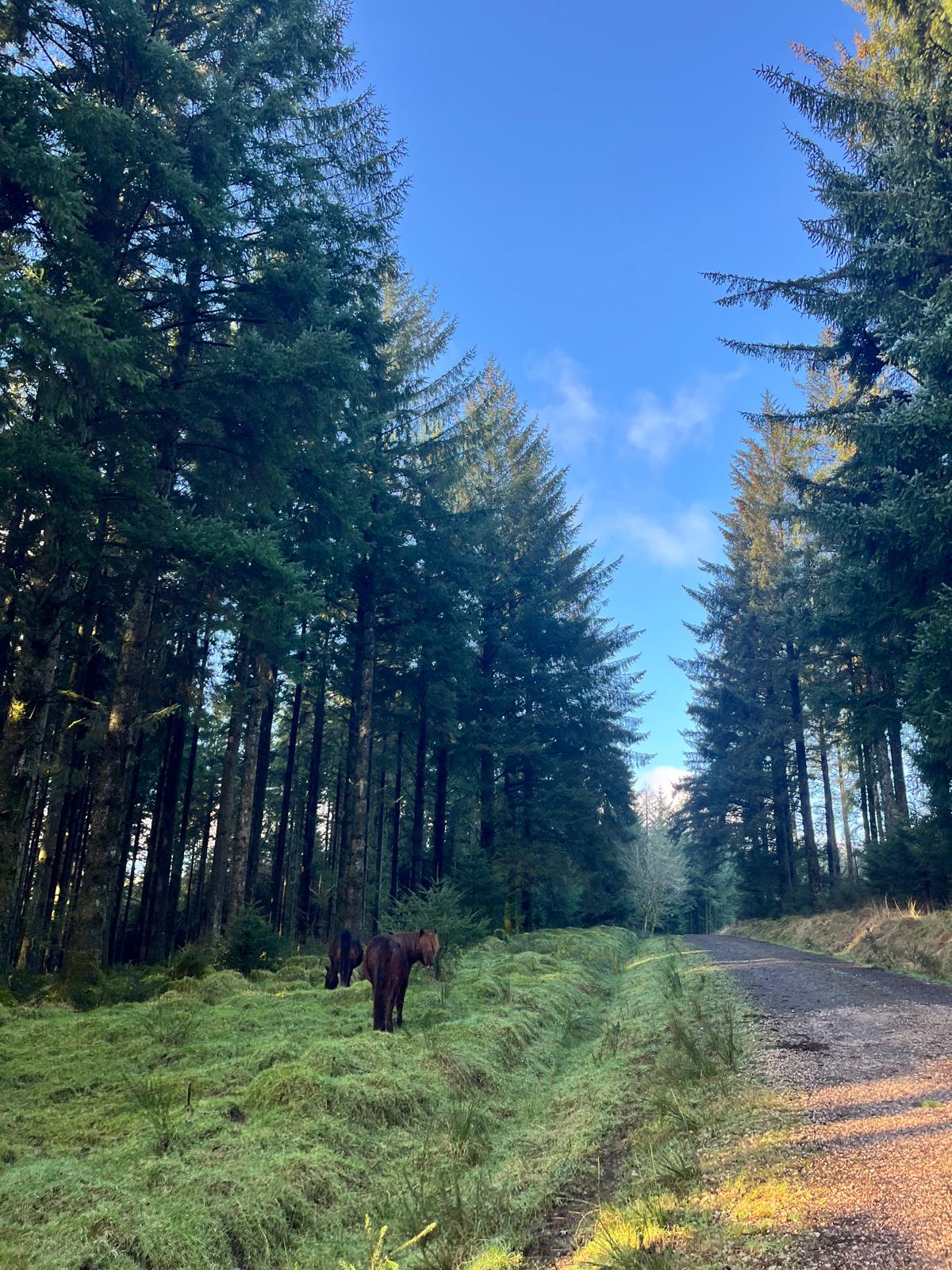What wildlife-rich looks like:
A wide variety of native and conifer tree speciesA group of similar organisms that can breed and exchange gen... More managed to provide diversity of age and structure in the woodland. In broadleaved woodlands this includes a mosaic of habitatsThe natural environment in which an animal, plant or other o... More with areas of light and shade, lots of standing and fallen deadwood, ancient treesA tree that has reached a great age compared to others of th... More and open areas with new growth, leaf litter, open and sunny flower-rich areas and areas of dense scrubLand with thick vegetation that includes wildflowers, grasse... More. Wetlands and streams form part of the mosaic. Edit wording with woody grp


